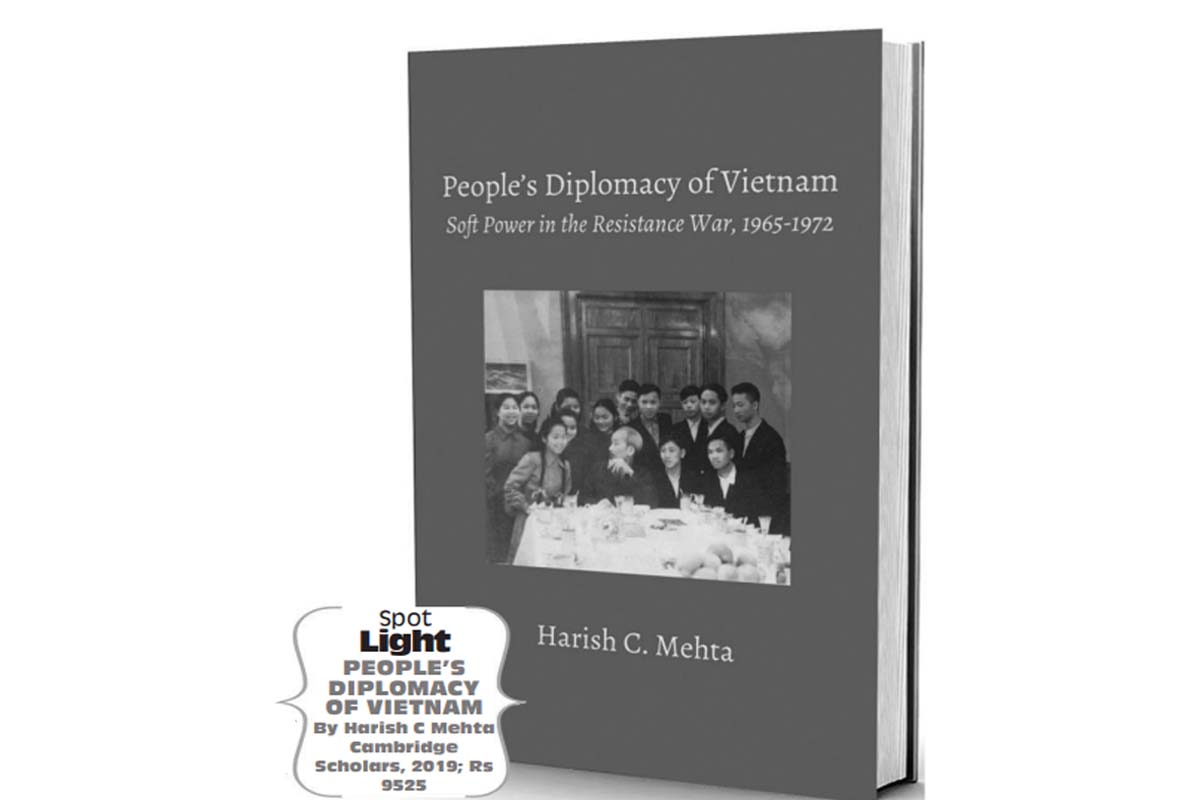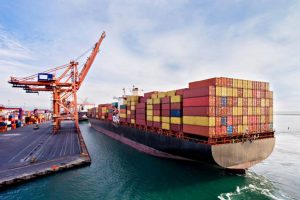Harish Mehta has done great service to international relations in pointing out the pioneering use of soft power, and the use of a diasporic overseas community, long before either aspect in foreign relations or Track Two diplomacy was otherwise noticed. These were undertaken by the Vietnamese in their decades-long struggle under the legendary leadership of Ho Chi Minh against first French, and then American, imperialism. In this regard Mehta’s book is in itself a pioneering exercise that commands respect.
People’s diplomacy as an aspect of soft power was the way in which the asymmetry in strength of the US and its allies like Australia, New Zealand and South Korea could be redressed by the far weaker Vietnam. These devices were forced upon Ho due to his aspiring state lacking even a proper diplomatic service or formal relations with most of the West.
Advertisement
Vietnam’s people’s diplomacy began even before Vietnam’s independence was achieved. Ho’s activism had early roots; the Vietnamese community in France in his time as a student was then the largest foreign community, and in 1919 he petitioned the Versailles conference that ended the First World War about Vietnam. Ho’s international outlook was honed by his many years abroad when young; his wanderings as an expatriate Vietnamese provided useful lessons to him in internationalism and the power of diasporic students and workers and people’s organisations and what was to become the world peace lobby. He was always able to distinguish between the policies of governments and the sentiments of people.
In 1925 Ho Chi Minh established a Vietnamese Youth League in Canton and later in Thailand. In 1941 he set up the Vietminh to fight the French colonialists, when his initial expectations of US support against imperialism were belied. When Vietnam attended Nehru’s Asian Relations Conference in 1947 its diplomatic service was rudimentary, and even in 1964 Ho described his diplomats as “very young and inexperienced”. By 1964, the spread of diplomatic offices had increased but were hugely outnumbered by more effective solidarity organisations.
In 1964 Ho specifically stated that youth, women, trade unions and cultural organisations were equally responsible for diplomacy to ‘propagate our just cause to the … world’ by going over and beyond the reach of governments. Among the instruments used were cartoons, films, posters and other manifestations of publicity to win sympathy and support. The Vietnam War was to become the symbol of worldwide antiwar and anti-imperial struggles that had previously only been loosely interconnected.
The book provides a valuable analysis of Ho’s early efforts to enlist the diaspora against colonial rule, the response of the Lyndon Johnson government to criticism, the roles played by France, Sweden and Cuba to assist Vietnam, the consistent support from the Soviet Union and China despite the Sino-Soviet split, and details of the success and limitations of the IWCT. Mehta gives space to assessing the role of woman in giving the Vietnamese at war a human face.
The pro-Vietnam people’s movement originated first in Europe, and Bertrand Russell envisioned an International War Crimes Tribunal (IWCT) to try the US leaders as early as 1967. The IWCT sat in 1966 and 1967 at Stockholm, Tokyo and Denmark, caused increasing concern to US who, needless to say, used the CIA to manipulate, denigrate, coerce and suborn opposition to it. Bertrand Russell was already 91 when he started contact with Ho in 1963 and they never met; indeed Russell never visited Vietnam. He was critical of Vietnam’s suppression of human rights but felt that the war had contributed to the authoritarian tendency and was at pains to stress the tribunal’s independence from Hanoi.
Vietnam’s supporters were aware of the communist totalitarian aspects of Ho’s rule, such as re-education and indoctrination, but were disposed to set their anxieties aside for the cause of people’s liberty from imperialism and brutal attack.
Mehta regards the IWCT’s results as limited. There was a perennial shortage of funding. The Western (especially US) media gave no space to Russell, its members who were notables like Sartre could not devote enough time to it, Russell was too old to appear before the tribunal himself, and the US/CIA prevailed on many leaders to distance themselves from its activities. Its main effect was to draw attention to the horrors of American intervention.
Vietnam’s aim was to pressure the US and its allies to stop the bombing of North Vietnam and enter into unconditional peace talks with Hanoi. After 1965 and the induction of American ground troops, the moral high ground shifted strongly against the US and this changed to demanding the withdrawal of US forces.
Mehta provides explicit detail about Vietnam’s efforts in persuading activists among American blacks, in Canada, UK, West Germany, Australia and New Zealand. However, leading US newspapers were resistant to criticism of America, and the efforts made little dent in Australia and New Zealand. Public opposition in the West to the war, whatever its many benefits, took a long time to germinate and did not result in any large military or economic advantage.
However, some US allies like UK and Canada declined to send economic or military support to South Vietnam. Anti-war activists were invited, despite a US travel ban, to investigate US crimes. By 1967 the diplomatic struggle was elevated to the same level as the politico-military one, since Hanoi realised it could not defeat the US by force. Among the countries normally allied to USA, peace and leftist movements in France, Belgium, Italy, Greece and Sweden created a fertile ground for people’s diplomacy to operate; leading pro-Vietnam activists read like a who’s who of European intellectuals. There were contacts with communist movements in Latin America led by Cuba, which offered soldiers (an offer not taken) and medical teams.
With its communist comrades in Moscow and Beijing, Vietnam’s objectives were to maximise political, economic and military assistance while treading warily to avoid being drawn into the then existing Sino-Soviet split. In fact both allies competed with each other to win Vietnam’s favour and rendered massive support; and people’s diplomacy flourished due to the encouragement of the People’s diplomacy covered nationalism, anti-colonialism and internationalism. Mehta notes the ethnocentric focus of academics relying only on western sources, with the result that this essential aspect of Vietnam’s success has lain unexplored till now. The Vietnam War was not a US disaster caused by hubris; it was a result of the bridges built abroad by the Vietnamese government and people, and the sympathies evoked that exposed US imperialism. This converted the wave of sympathy for Vietnam into a trend disproportionately larger than Hanoi’s meagre economic, military and diplomatic capital.
The book has important photographs, an excellent index and bibliography. The high, indeed exorbitant, cost is due to the rupee price of a foreign publication which places it out of reach for all except well-funded libraries, which is a pity. There should be an Asian edition of this book. When that happens perhaps Mehta might consider an evocative title? The current one is too prosaic for a book that deserves wide recognition.
The reviewer is Indias former Foreign Secretary.











